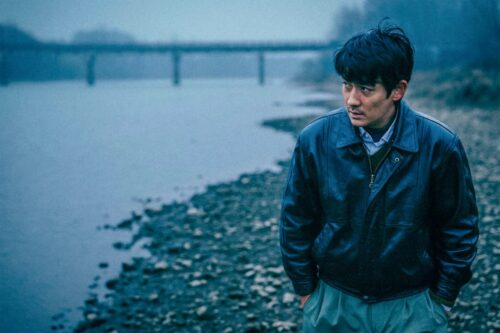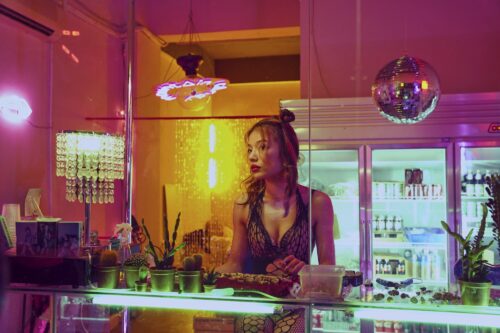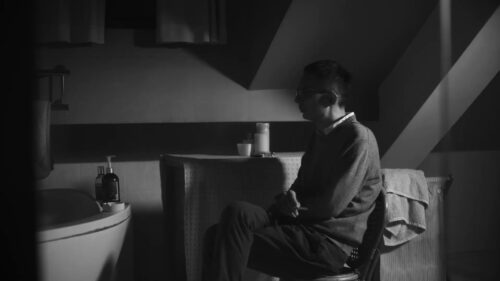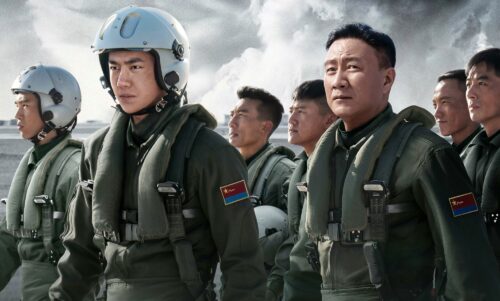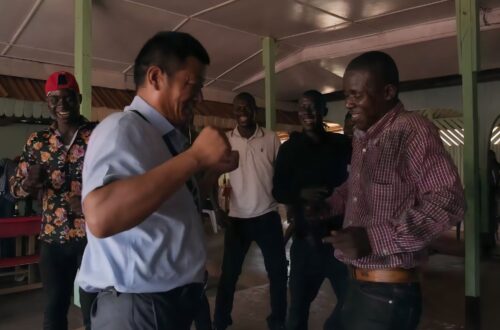Palme d’Or-winning short film ‘All the Crows in the World’
"All the Crows in the World" impressed judges at Cannes last summer and won the top prize in the short film category. This 15-minute film is currently available for streaming.
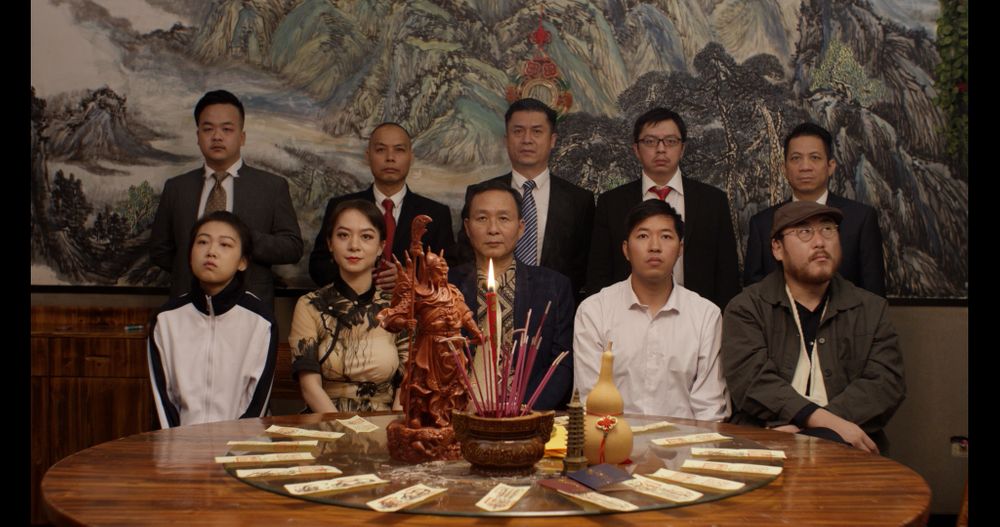
All the Crows in the World (天下乌鸦 tiānxià wūyā), Táng Yì’s 唐艺 2021 Palm d’Or Winner, condenses a century’s worth of China’s misogyny into a short film with humor and ease. We follow our protagonist, the precocious and wry high schooler Shengnan (played by the equally comic and subtle Chén Xuānyǔ 陈宣宇), through a single night as she enters a surreal world of sexist men and their many toxic delights.
It all starts when she’s asked to meet her cousin at a traditional banquet dinner, only to find the lazy susan surrounded by skeezy middle-aged businessmen who leer at Shengnan like she’s to be made into a feast herself. Shengnan is coerced to sing a song with her cousin to entertain the men, drink with them, and stay (mostly) silent as they soliloquize on the importance of purity. From there, the group travels to a karaoke bar-cum-brothel. Shengnan and the lone wolf of the group (Xuē Bǎohè 薛宝鹤) stray away from the pack, and go off in search of their own adventure.
The film succeeds where so many short films fail: at trusting the viewer to recognize the multitude of backstories that hide behind the central narrative. Shengnan’s easy intimacy with a close friend is developed within a few quick and comfortable exchanges, while the realization that she knows one of the prostitutes presented in the karaoke room is swiftly handled as a knowing and uncomfortable glance/glance-away between the two characters. Silences in the film are used as ellipses to connote the presence of a story untold or unfinished. Dialogue is economized, but not at the sacrifice of dampening the many themes that Tang elegantly moves between through the concise 14-minute short. Through mostly visual gags and highly stylized frames, the director highlights the absurdity of continuing traditional customs in a modern and much more open world, while glimpsing into an underbelly rife with taboos: adultery, underage prostitution, premarital sex, homosexuality, and sexual liberation. Within the center of all of this is of course misogyny, which proves itself time and time again to be the ultimate evil and obstacle in Shengnan’s life.
The director’s visual style, full of glamorous neon lights and whimsical set styling, softens what in another director’s hands could be a grisly Safdie Brothers-style night-in-the-life gone wrong. Sometimes this preference for the sweet over insidious becomes grating, especially when the film devolves into the film school cliché of a dance sequence to a retro song. I kept wondering when the acknowledgement of real danger would make itself known, not just as a scuttling creature hiding in the dark corners of this world. These men are presented as animals (and they are at one point quite literally growling and barking) but don’t actively seek out prey, though the implication is that they have and will.
Shengnan comes out of these situations less than unscathed; she’s completely unchanged and unbothered. The film ends where it begins. Though this perhaps is a feminist statement in itself, a testament to a young woman’s sense of self, there is a nonchalance that doesn’t match Shengnan’s wonderful candor and bite throughout the film. By not acknowledging these awful men and the way they’ve hurt women, including women Shengan knows, she lets these chauvinists — along with herself — stay comfortably in the dark.

